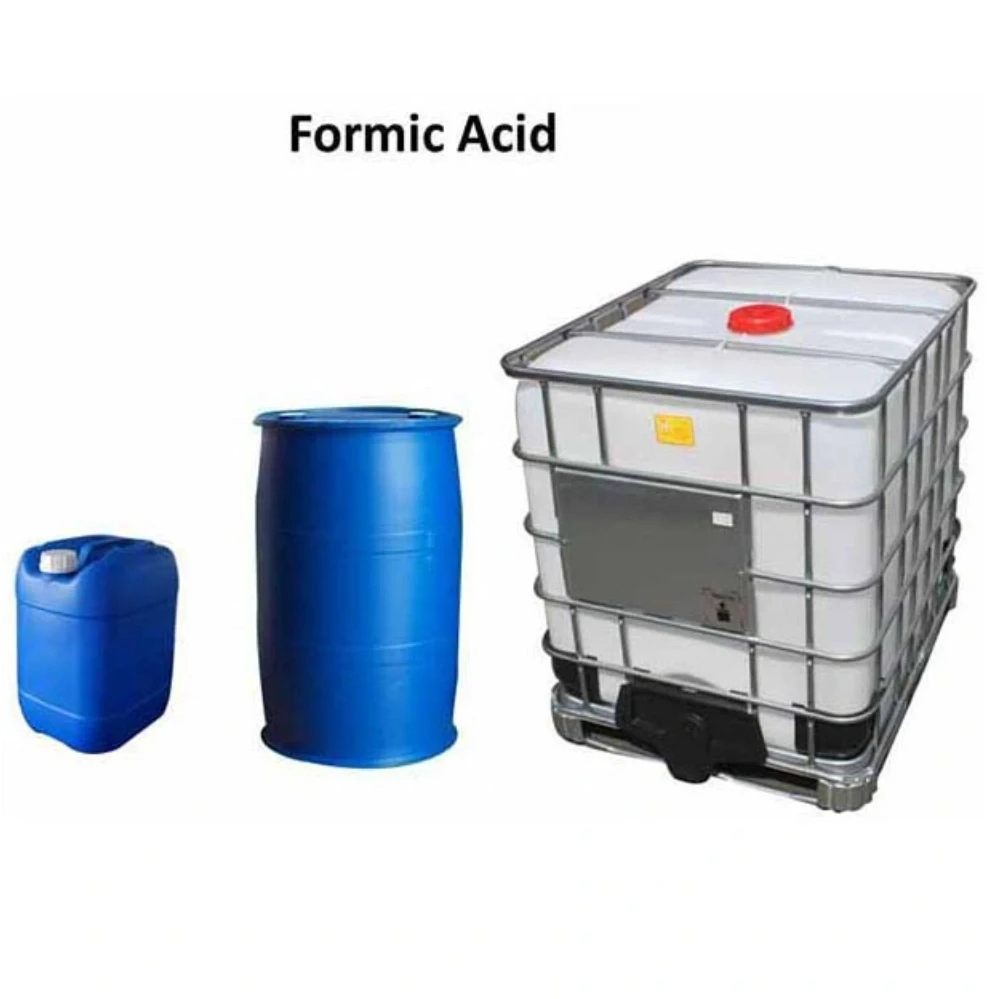



Effective Chlorine Dioxide Applications for Water Treatment and Disinfection Solutions
Chlorine Dioxide Treatment An Overview
Chlorine dioxide (ClO2) is a powerful chemical compound widely used for water treatment and disinfection purposes. With its strong oxidative properties, it effectively eliminates bacteria, viruses, and other pathogens, making it an essential component in various industries, including municipal water treatment, food safety, and wastewater management.
The application of chlorine dioxide in water treatment is primarily due to its ability to oxidize and break down organic matter. Unlike chlorine, which can form harmful by-products, chlorine dioxide is less likely to create trihalomethanes or chlorinated organic compounds, making it a safer alternative for disinfection. As a gas, chlorine dioxide can be dissolved in water to create a solution that is used in multiple processes.
One of the significant advantages of chlorine dioxide treatment is its effectiveness in removing biofilm, a protective layer formed by microorganisms that can be challenging to eradicate. Biofilms can develop in water distribution systems and storage tanks, leading to contamination and reduced water quality. Chlorine dioxide penetrates biofilms more efficiently than traditional chlorine treatments, ensuring comprehensive disinfection.
chlorine dioxide treatment

In addition to its application in water treatment, chlorine dioxide is increasingly used in the food industry to sanitize surfaces and equipment. It can effectively reduce bacterial load on fruits, vegetables, and meats, thereby extending shelf life and enhancing food safety. By incorporating chlorine dioxide into sanitization protocols, food processors can minimize the risk of foodborne illnesses while maintaining high-quality standards.
Chlorine dioxide treatment is also gaining traction in industrial applications, such as pulp and paper production and oil recovery. Its oxidizing properties help in bleaching processes and can enhance the extraction of oil from reservoirs, providing a more efficient and environmentally friendly alternative to conventional methods.
Despite its many benefits, the use of chlorine dioxide must be carefully managed to ensure safety. It is a potent oxidizer and can be hazardous in high concentrations. Proper handling and dosing are crucial to prevent adverse reactions and ensure effective treatment. Regulatory agencies closely monitor chlorine dioxide usage, and guidelines are provided to ensure its safe application in various contexts.
In conclusion, chlorine dioxide treatment offers a versatile and effective solution for disinfection and sanitation across multiple industries. Its ability to eliminate pathogens, reduce biofilm, and enhance food safety positions it as a valuable asset in maintaining public health and improving water quality. As further research and applications develop, chlorine dioxide is likely to play an integral role in addressing contemporary sanitation challenges.
-
Why Sodium Persulfate Is Everywhere NowNewsJul.07,2025
-
Why Polyacrylamide Is in High DemandNewsJul.07,2025
-
Understanding Paint Chemicals and Their ApplicationsNewsJul.07,2025
-
Smart Use Of Mining ChemicalsNewsJul.07,2025
-
Practical Uses of Potassium MonopersulfateNewsJul.07,2025
-
Agrochemicals In Real FarmingNewsJul.07,2025
-
Sodium Chlorite Hot UsesNewsJul.01,2025










